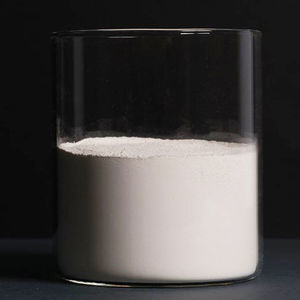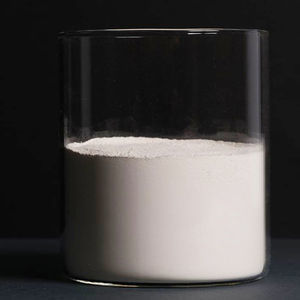
- Livestock Farming
- Animal feed
- Animal feed supplement
- Global Feed S.L.U.

- Products
- Catalogs
- News & Trends
- Exhibitions
Animal feed supplement Rumenphos+cattlecalciumphosphorus
Add to favorites
Compare this product
Characteristics
- Type
- for animals
- Animal type
- cattle
- Main ingredient
- calcium, phosphorus, protein
- Form
- powder
- Function
- deficiency corrector, for reproduction
Description
Rumenphos+ is used as a premix for the supply of phosphorus, non-protein nitrogen and calcium in extensive ruminants. With the incorporation of this non-protein nitrogen source in fiber-rich rations, losses in body condition are minimized and reproductive rates (fertility percentages and viability of calves at birth) are significantly increased.
Rumenphos+ is a urea that is chemically reacted with phosphorus. Although we usually speak of protein in the diet, in reality we should speak of nitrogenous compounds, since one part of these compounds is formed by non-protein nitrogen. Urea is the most widely used source for microbial protein synthesis under practical conditions. When unprotected, it can cause toxicity and palatability problems in the ration if the levels supplied exceed 25% of the total nitrogen in the diet. Microbial protein contains a high quality amino acid profile, which translates into a percentage of lysine and methionine very similar to that of milk and higher than that of ruminant meat (NRC, 2001; Schwab, 2012).
Currently, to avoid possible toxicity problems, there are different alternatives of ureas coated with an organic matrix, usually vegetable oils. This protection allows a slow release at ruminal level, balancing the N rations and reducing the risk of toxicity. However, this technological process entails a high cost, which is passed on to the final price.
GlobalFeed has developed a more efficient protection system by means of the chemical reaction between urea and phosphate, achieving a controlled release of non-protein nitrogen and obtaining optimal levels of ammonia in the rumen.
Related Searches
- Animal nutritional supplement
- Nutritional supplement
- Solid feed supplement
- Mineral nutritional supplement
- Cattle nutritional supplement
- Deficiency corrector supplementary feed
- Protein nutritional supplement
- Feed additive
- Reproduction nutritional supplement
- Pig nutritional supplement
- Powder nutritional supplement
- Dry feed additive
- Calcium nutritional supplement
- Cattle feed additive
- Sodium supplementary feed
- Phosphorus feed supplement
- Antioxidant feed additive
*Prices are pre-tax. They exclude delivery charges and customs duties and do not include additional charges for installation or activation options. Prices are indicative only and may vary by country, with changes to the cost of raw materials and exchange rates.







